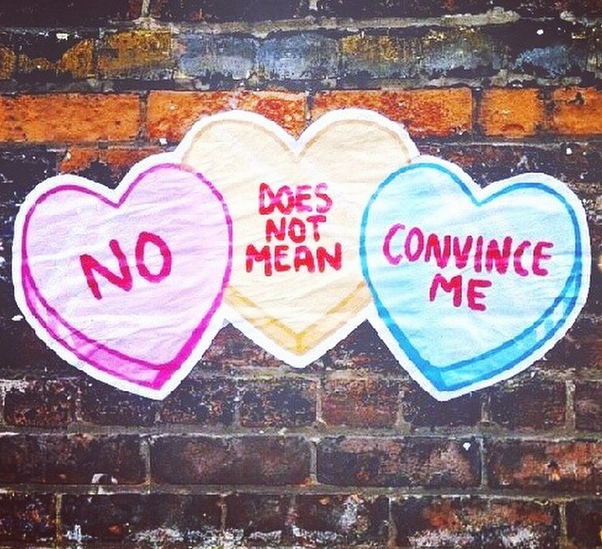
For the first time in history, “Sports Illustrated” had a 55 year old on the cover of its swimsuit edition. Some would say that women should be celebrating, however, not all women would agree. Last year, Kate Upton graced the cover of the magazine, but this year, readers were introduced to a cover girl unlike any other- Barbie.
The 2014 cover, shown below, has Barbie in a black and white bathing suit, her blonde hair pulled up and her tanned skin glowing as she strikes a pose as any other model would.
Although “Sports Illustrated” has always been trivial and has caused a stir on more than one occasion, critics are citing Barbie’s cover as going a step too far. To complicate matters even further, Mattel, the company that produces and owns all rights to the Barbie brand, also published an “op-ed” from Barbie herself that comments on the magazine cover.
The op-ed proclaims that the magazine cover is a step forward for women. It says that the reason Barbie appeared on the cover of “Sports Illustrated” is to empower women and to remind them that they can be whatever they want because “truly anything is possible for a girl”. As noted on the The Barbie Collector website, the article argues that “Barbie dolls aren’t [the reason girls aren’t chasing their dreams]”. “Models choosing to pose in a bikini aren’t the problem. The assumption that women of any age should only be part of who they are in order to succeed is the problem”. Barbie tells her readers that girls have the right to grow up not “judged by how she dresses, even if it’s in heels; not dismissed for how she looks, even if she’s pretty”.
Even though it seems odd to say, the op-ed written by “Barbie” makes some sense. Yes, it is important for girls to know that they can do whatever they want. In a world where gender matters so much, it’s crucial that we tell our daughters, our nieces, and ourselves that women are powerful and have all the potential in the world. It’s also true that women should not have to hide any part of themselves to be successful. Women should not have to hide their intelligence, sexuality, or personal interests because they defy the societal norms or expectations.
Although, not everything that Barbie says in her op-ed is equally as wise. Even though Barbie has been the root of criticism from psychologists and gender scholars for years, the fact that she now has a voice and has “authored” her own op-ed calls for an even deeper examination of Barbie.
The reason critics are out for blood following the debut of Barbie’s “Sports Illustrated” cover isn’t because she’s pretty. Critics are calling out Barbie because her op-ed and cover only further promote the objectification of women and sexualizes a child’s toy.
“Sports Illustrated” is one of many magazines that objectify women and aims to fulfill fantasies that its readers have. Having Barbie on the magazine makes it easier for real women to be objectified and taken advantage of. “It blends an object, a doll, with real women” says Shira Tarrant, a professor of women, gender, and sexuality studies at the University of California. Even the thinnest and tallest models can’t compare to Barbie who, if she were life-sized, would be six feet tall and weigh only 100 pounds.
Along the same lines, there is no reason that a doll that children play with should be on the cover of “Sports Illustrated”. Barbie’s appearance as a cover girl draws parallels with all of the other models who have been on the cover- women who are often scantily clad and excessively photoshopped. This promotes the idea that women should be youthful and girl like at all times and, if not, they are certainly not beautiful. The idea that only a certain body type and specific appearance are beautiful is promoted by Barbie’s appearance on the magazine and will have lasting affects on both women and men alike.
Barbie’s appearance on the cover of “Sports Illustrated” certainly has stirred controversy, but also reminds women of how important feminism is. Barbie’s positive messages about dreaming big and staying true to yourself helps girls remember that they deserve to be and are just as amazing as anyone else. However, the cover also reminds women, as well as the rest of society, that women still have a long way to go before there is gender equality. Women are constantly objectified in the media and, although Barbie can’t be blamed entirely, her unrealistic portrayal of beauty and body image is absolutely not helping remedy the way that society views gender.





